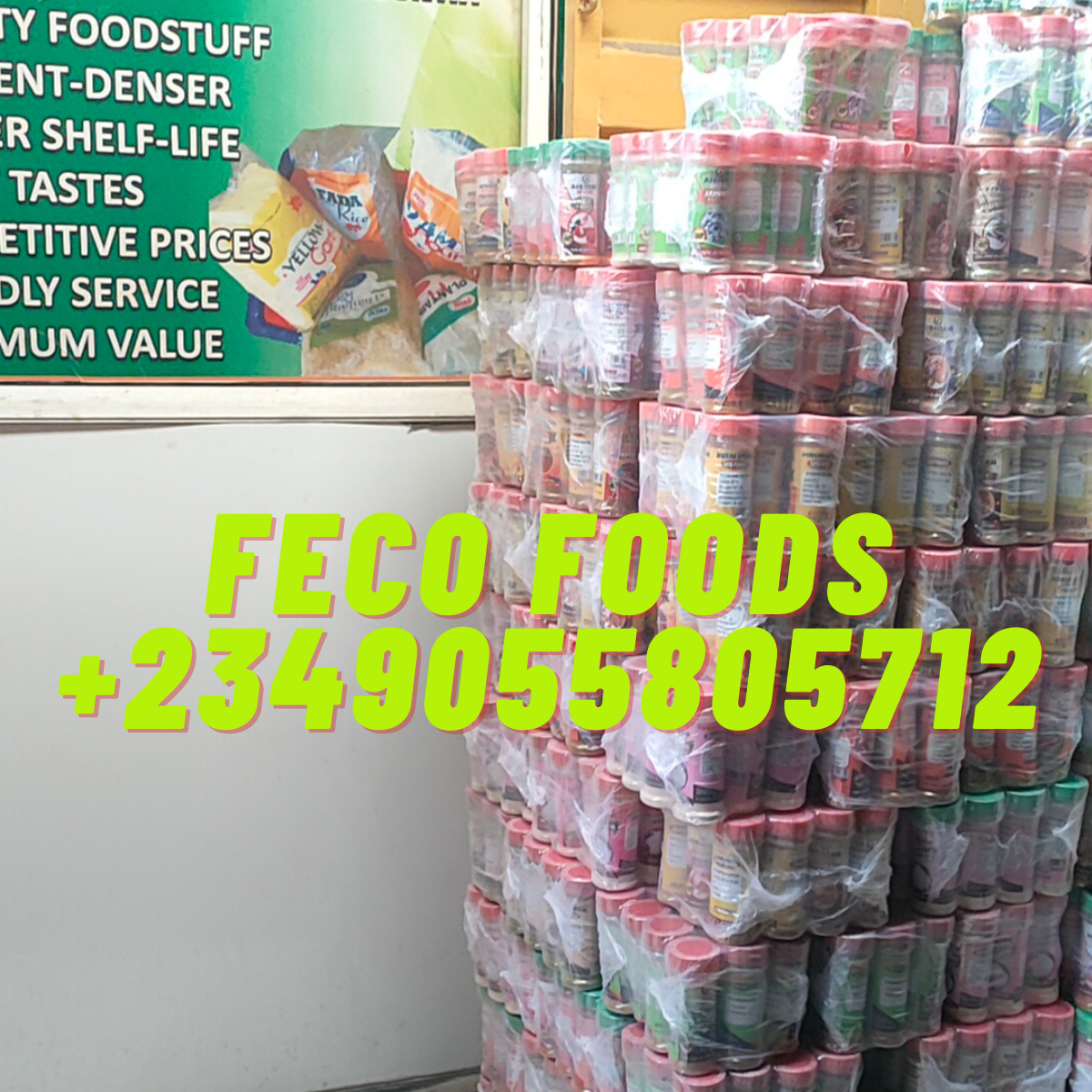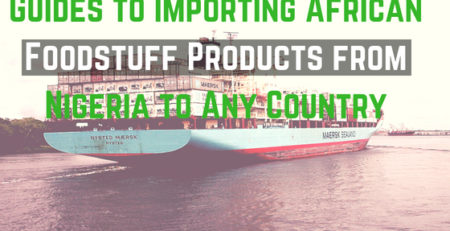Australia Import Requirements
Australia import requirements are the necessities required of an importer or intending importer to start importing especially foods to Australia markets. This write-up defines the minimum documentary and import declaration requirements that must be met when lodging a declaration to the Department of Agriculture and Water Resources to support risk assessment of imported goods, whether for biosecurity purpose or the Imported Food Inspection Scheme.
Imported goods may be released or directed for subsequent action based on a biosecurity officer’s assessment of documentation and the information in an import declaration.
Customs brokers, operating under an Approved Arrangement with the department, also release goods or direct them for subsequent action based on the documentation available to them. Hence its advised that an importer should present all the necessary documents to avoid seizure of import license or destruction of goods.
Table of Contents
10 General Australia Import Requirements
All documentation must meet the following general requirements when presented to the department as part of the import process.
- Complete
- Legible
- Valid
- In English
- Free from erasures and non-certified alterations
- Multiple paged documents
- Endorsed
- Date of issue
- Consignment-specific link
- On time Submission
Document Format Requirements
International trade documents include commercial and transport documents used in international trade and official government certification issued for food or plant health are part of Australia import requirements. These classes of document include, but are not limited to
- Bills of lading
- Air waybills
- Commercial invoices
- Phytosanitary certificates
- Health certificates

Letterhead/Company Stamp or Seal for Australia import requirements
Documents which are part of Australia import requirements that are not covered by international standards must be provided on the issuing company’s letterhead. The only acceptable substitute for a letterhead is the issuing company’s stamp or seal.
The letterhead, company stamp or seal must include the company’s name and address.
Documents to be presented in line with this requirement include:
- Packing declarations (including annual packing declarations)
- Container cleanliness declarations
- Treatment certificates
- Manufacturers’ declarations
- Beneficiary certificates
- Exporter declarations
- Importer declarations
- Supplier declarations
- Vessel cleanliness certificates
- Vessel cleanliness inspection reports.
General Information for Importer’s Declaration
An importer’s declaration will only be accepted from the company/individual that is importing the goods and will be ultimately in control of the goods.
An importer’s declaration must:
- contain the correct statement/s as required by the import conditions
- be specific to the product and consignment
- include the individuals name and company title.
- Be endorsed as per the overarching document requirements.
In addition to other requirements, where a declaration is required to be endorsed by the government of the exporting country, the declaration must also:
- be signed and dated by a government officer within the past six months (unless otherwise specified)
- include the government officer’s name and title
- be sealed with the stamp/seal of the applicable government department.
Commercial Documentation
In line with standard international trade requirements and practice, a commercial invoice may contain:
- supplier and purchaser details (including name and physical exporting and importing addresses)
- commercial reference numbers, such as invoice or order numbers
- quantity and description of the goods
- lot codes.
General information for a packing list/sheet/slip, a packing list may contain:
- supplier and purchaser details
- commercial reference numbers, such as invoice or order numbers
- description and quantity of the goods
- consignment-specific marks and numbers.
Transport Documentation
General information for a bill of lading (including interim bill of lading) , a bill of lading (or interim bill of lading) must be in accordance with the standard international trade requirements as specified by the International Chamber of Shipping.
A bill of lading must include:
- individual bill of lading number
- shipping line’s details
- consignor/shipper/export details (including name and address)
- consignee details (may be to order’)
- vessel and voyage details
- load port and discharge port
- weight, volume and description of the goods.
A bill of lading may also include:
- container or seal numbers (if goods are containerised)
- commercial reference numbers, such as invoice or order numbers
- shipped on board date
- marks and numbers to identify goods
- serial numbers
- batch or lot code numbers.
General information for an air waybill, in line with the standard international trade requirements as specified by the International Air
Transport Association, an air waybill must contain:
- individual air waybill number
- consignor details (including name and address)
- consignee details (may be ‘to order’)
- flight carrier and flight number
- airport of departure (address of first carrier) and requested routing
- airport of destination
- weight, volume and description of the goods.
An air waybill may also include:
- commercial reference numbers, such as invoice or order numbers
- marks and numbers to identify goods, such as serial numbers or batch numbers.
Air waybills are also acceptable in electronic format (e-AWB).
Documentation Issued by The Department
- Import permits
An import permit may only be used by (or on behalf of) the person or entity named as the holder of the permit and must be valid at the time the goods are landed.
Conditions stated on an import permit take precedence over any conditions stated in BICON. These conditions may include the addition of specific statement/s on commercial documentation. Import permits are not required to be presented for documentary assessment; the permit number is sufficient for the department to assess the documentation.
- Clearance letter
A clearance letter may only be used by (or on behalf of) the person or entity named in the letter and must be valid at the time the goods are landed. Clearance letters will only be accepted if issued by a national policy section or a service delivery assistant director (or higher).
General Information for Treatment Certificates
Certificates attesting to the performance of offshore treatments are required to meet the Australia import requirements
All certificates must contain:
- treatment provider’s letterhead including name and physical address
- description of goods/packaging treated
- quantity/volume of goods/packaging treated
- date treatment was performed
- any statement as required by the import conditions.
- Where the department has arrangements (such as AFAS) with overseas governments, treatment certificates must include:
- the government scheme under which the treatment provider has been registered
- the treatment provider’s registration number.
Validity Australia import requirements
All treatments must be performed by an acceptable treatment provider within the mandated timeframe before export as outlined in the Australia import requirements.
Below are the information requirements for each treatment type.
Fumigations:
- name of fumigant
- dosage expressed as mass per volume; for example, grams per cubic metre
- duration/exposure period; for example, hours or minutes
- minimum temperature and pressure (if applicable)
- date the treatment was conducted
- additional requirements for methyl bromide fumigations:
- for treatment providers that are registered under AFAS, treatment certificates must include the information required by the AFAS Methyl Bromide Fumigation Standard
Methyl Bromide Fumigation Certificate Sample














Leave a Reply
You must be logged in to post a comment.